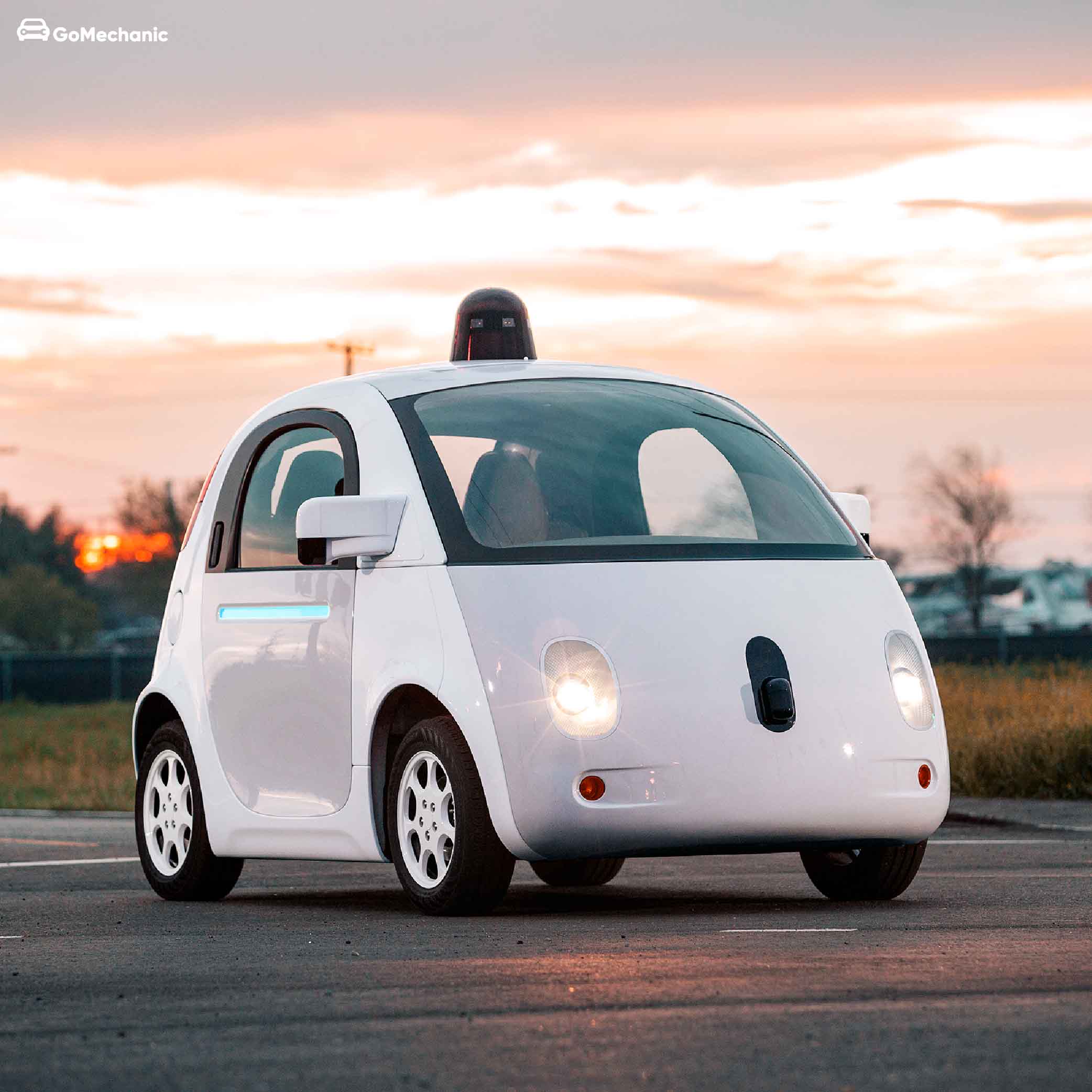The Case: On a rainy evening in Bengaluru, an Indian startup called NavDrive was testing a self-driving shuttle on the Outer Ring Road with a safety driver sitting in front. The vehicle used cameras and other sensors, special maps, and software from different companies. As it neared a poorly lit zebra crossing, a person pushing a bicycle started crossing the road. The software kept changing its guess about what it was seeing and did not slow down when it was unsure. The shuttle moved at about 38–40 km/h and assumed the bicycle would go along the road, not across it. The safety driver looked down for a moment at a tablet alert; brakes came too late and a fatal crash happened. Police and ambulances came, the company saved all the on-board records, put out a short public note, and stopped all shuttles. A later review said: the training of the software had too few examples of a person pushing a cycle, dusk and rain made things worse, there was no rule to slow down when uncertain, the tablet distracted the driver, and there were gaps in testing and approval of a recent software update.
Start Yours at Ajmal IAS – with Mentorship StrategyDisciplineClarityResults that Drives Success
Your dream deserves this moment — begin it here.




